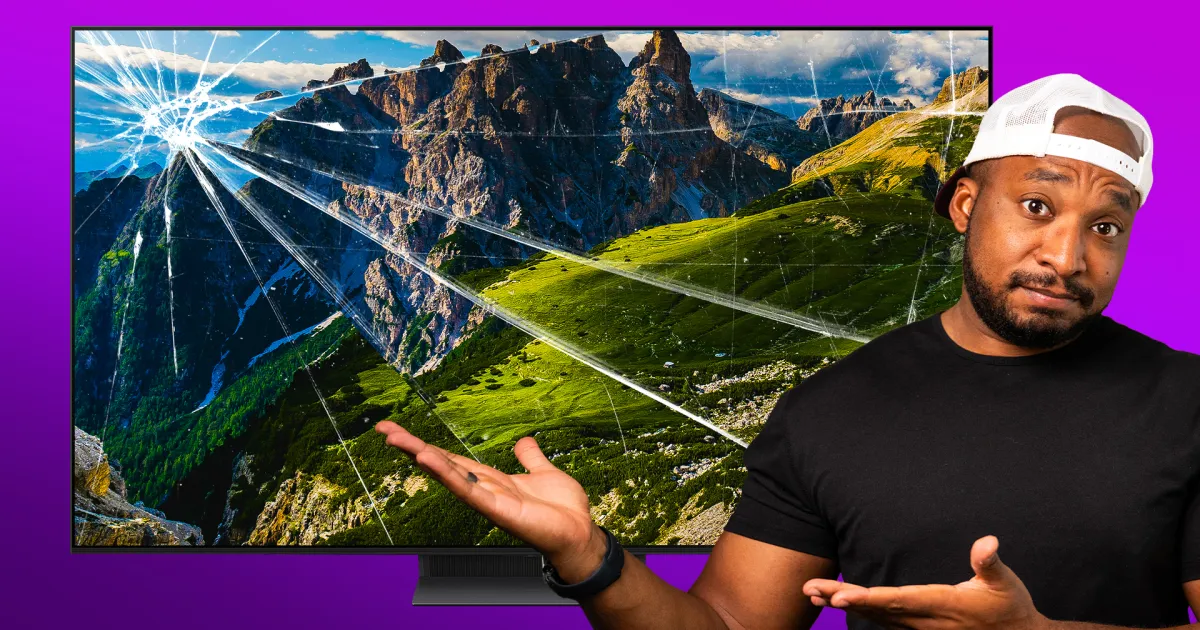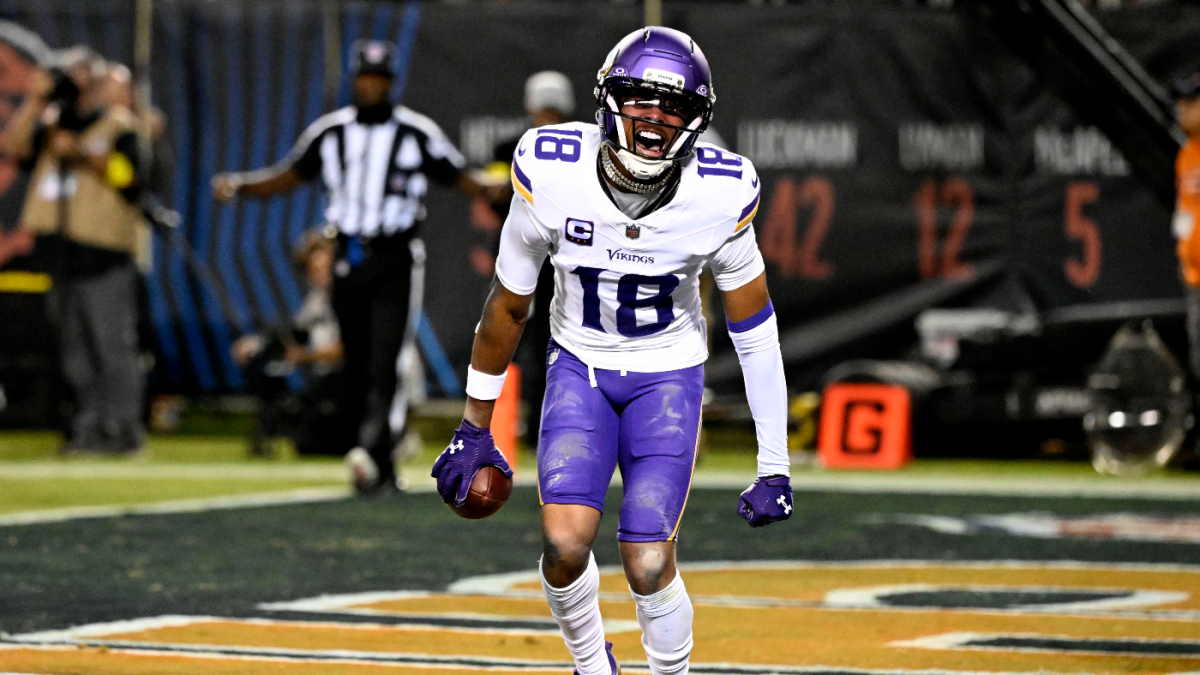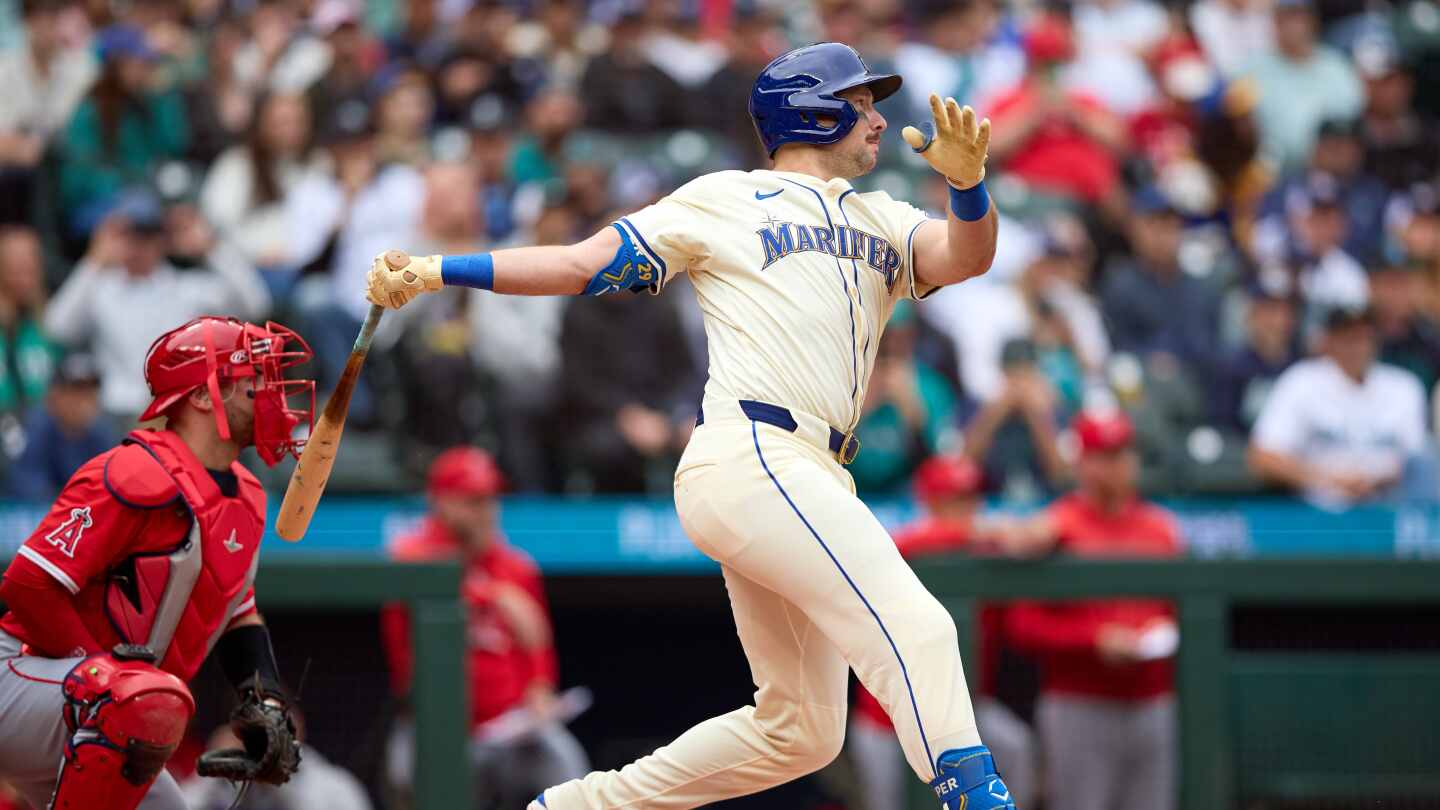
On today’s episode of You Asked, we cover another question about Dolby Vision 2 and whether it will be available via updates to streaming devices. We also tackle the best TVs to avoid the soap opera effect and ask if the 48-inch version of the LG G5 stacks up against the rest of the lineup.
Avoiding the Soap Opera Effect
@tokyorecanati5327 asks: What’s the best TV for people who do not like the soap opera effect?
For those unfamiliar, the soap opera effect occurs when a TV, in an attempt to make the picture smoother, creates extra frames. With cinematic content, like movies and shows presented in the standard 24 frames per second, this smoothing makes everything look too artificial, like a soap opera, which were typically filmed at 60 frames per second.
The good news is the best TV for avoiding this effect is probably the one you already have, assuming the settings are available in your menu. Even the best TVs can have motion smoothing turned on at a high level right out of the box. This is useful for sports or high-frame-rate content but can ruin the natural motion blur that movies and shows should have.
To fix this, go into your TV’s Picture Settings and locate motion clarity settings. The naming varies by brand—look for Clarity, Motion Clarity, Motion Flow, Tru Motion, Picture Clarity, Motion Enhancement, or anything with “motion” or “clarity.” Turn it off or reduce it to a tolerable level. It may take some experimentation, but you can usually do this without buying a new TV.
If you want brand-specific guidance, our channel has videos covering settings for Sony, TCL, Samsung, and more. We go over motion clarity and plenty of other tips, so check those out.
Dolby Vision 2 Questions
@Rico-Tarek asks: If a third-party device supports Dolby Vision 2, like an Apple TV 4K or Amazon Fire Stick, can it handle the processing and project it to the TV, with only a software update needed on the TV to accept the signal, since HDMI 2.1 already supports dynamic metadata?
In short, Rico wants to know if this is a workaround to avoid buying a new TV while still getting Dolby Vision 2. In theory, some benefits of Dolby Vision 2 could work this way. The new metadata allows content to adapt to different display capabilities and environments while preserving creative intent. If the streaming device can identify the TV it’s sending the picture to, it could process and send an enhanced Dolby Vision 2 version.
Dolby states that existing Dolby Vision content can be optimized for Dolby Vision 2 devices without regrading. Firmware updates could potentially handle part of the process. However, great upgrades for free are rare, and most of the heavy lifting on the display side still depends on hardware. TV manufacturers have not provided much clarity yet.
Hidden Trade-Offs in Smaller OLED TVs
@_Jiggle asks: How does it compare to the 55-inch G5? Is it the best 48-inch TV? And what are good competitors? He also asks about differences compared to the LG C5 42-inch.
For context, the 48-inch G5 is available in the UK but not in North America. The 48-inch model lacks the RGB tandem panel of the larger sizes, so brightness is slightly lower. It is still brighter than the LG C5, though not at the same level as the rest of the G5 lineup. Reddit users have measured both the 48-inch and 55-inch models, providing useful comparisons.
High-end OLED options at 48 inches are limited. The main competitor is the Samsung S90F, which uses a standard W-OLED panel at 48 inches, while larger sizes have QD-OLED. Overall, the 48-inch G5 appears to maintain an edge over the standard W-OLED panel.
Best TVs Under $600 for Gaming
@jjay718 asks in response to our review of last year’s Vizio’s Quantum Pro: So what other TV in this price range would be decent for gaming? I want something with at least 120hz refresh and not a ton of lag.
Even within this budget, there are solid options. The Hisense U65QF and TCL QM6K are 2025 models with strong upscaling and contrast performance. Their smart TV interfaces—Fire TV on the Hisense and Google TV on the TCL—are generally smoother than Vizio’s Home Screen.



